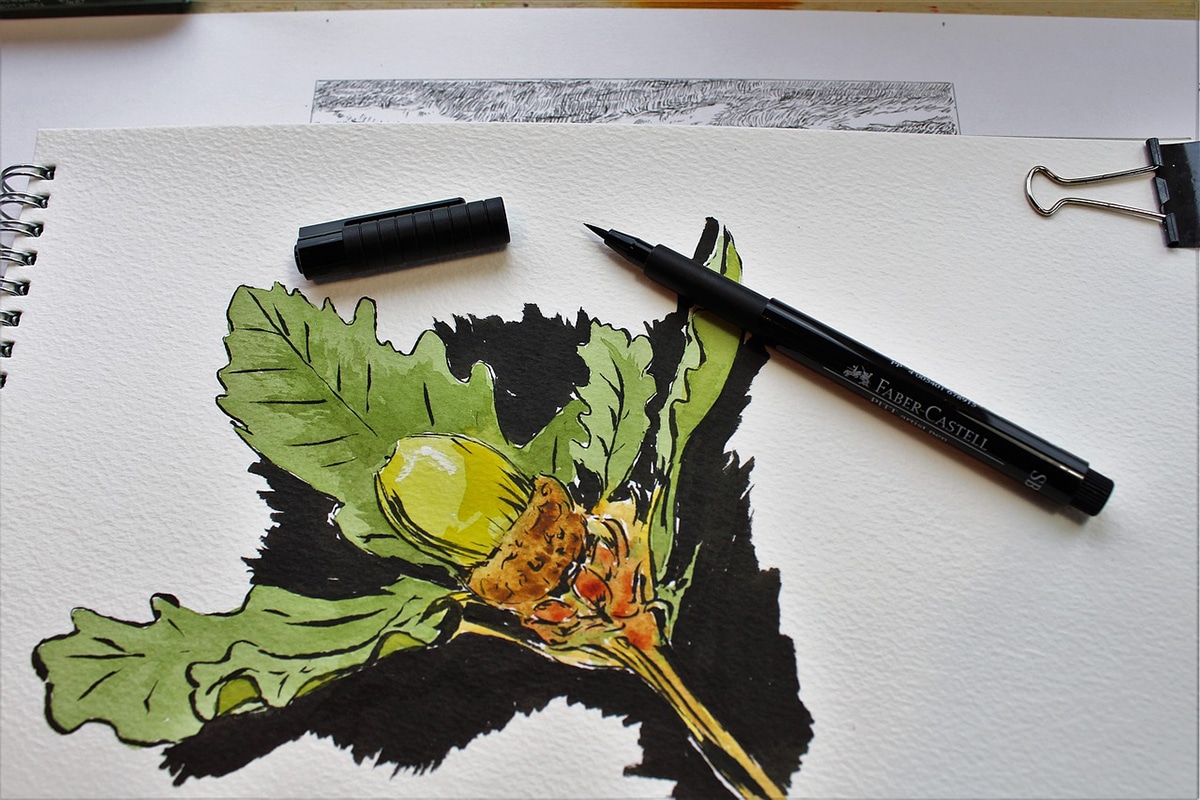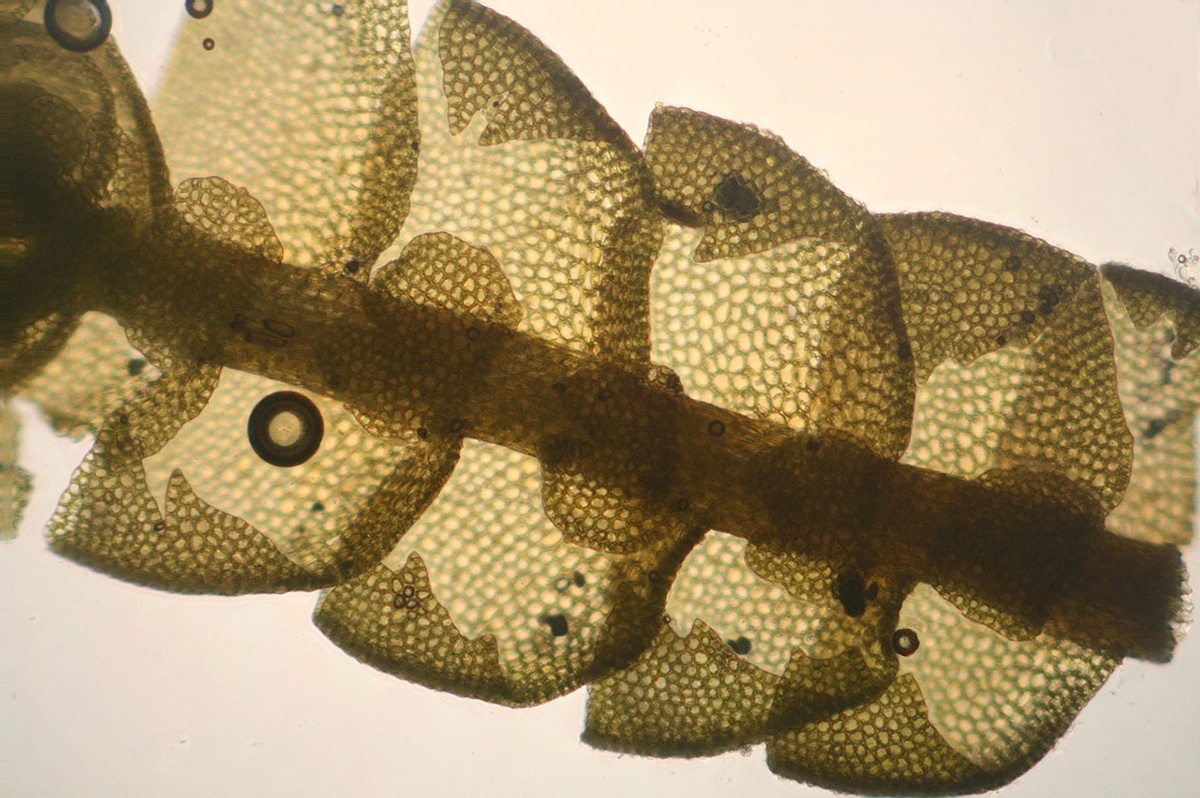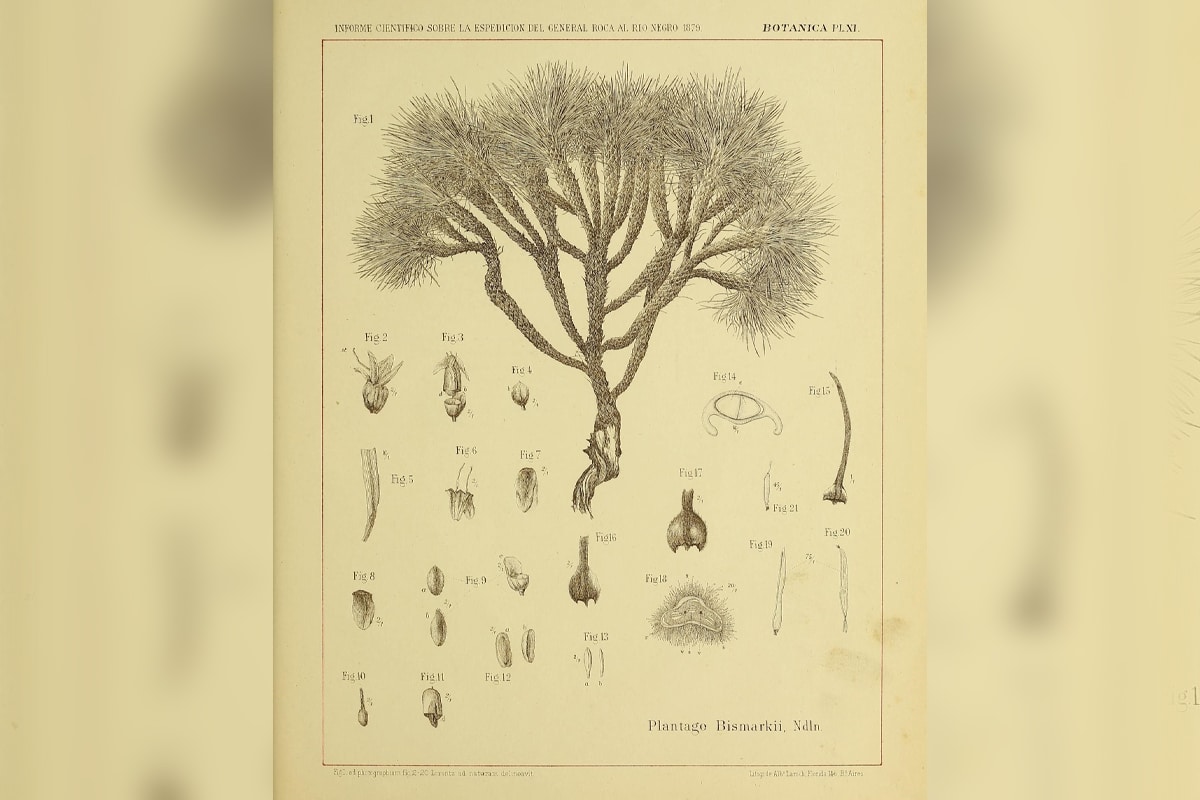
We have all seen a botanical illustration at some time, whether in the biology book, in museums or in some botanical garden. They are very detailed drawings of the plants and their components. It is an essential discipline for botanical studies and research.
But why aren't photographs used? We will answer this question and more in this article. We will explain what botanical illustration is, its importance and the differences between this discipline, botanical art and flower painting.
What is botanical illustration?

Defined as botanical illustration the botanical art of representing both the shape and the details and the color of the various species of plants, usually in watercolor. The purpose is to provide an aid for the classification and study of vegetables. To serve your purpose, these illustrations must be as scientifically accurate as possible. However, they usually also have an artistic component and it is possible to print them with a botanical description in magazines, books and other media. It is also possible to sell them as a work of art. Typically, creating a botanical illustration requires a thorough understanding of the plant's morphology.
When it comes to creating a botanical illustration, both illustrators and botanists work together to be able to create specific illustrations and complement them with a scientific text. They are generally used to illustrate monographs, floras, research, and field guides.

As for the artist, he follows established conventions that imply a certain preference for work done in black and white. In this way you can create drawings from simple herbarium specimens to detailed magnifications of the most important parts of the different specimens. Even if technical precision is essential in botanical illustration, It is often very difficult to distinguish the boundaries between illustration and art itself.
Differences with botanical art and painting flowers

The easiest way to explain the difference between botanical illustration, botanical art and flower painting is highlighting the emphasis of each discipline:
- Botanical illustration: The scientific record and botanical precision they are fundamental, since the aim is to be able to identify the plant. It is also possible that the records include the plant growing in its natural habitat.
- Botanical art: The most important thing is the inflorescence or the plant, paying special attention to the aesthetic qualities of the species. It does not include all the necessary information for botanists.
- Flower painting: Normally, the flowers are represented in vases, gardens or fields. They can also be found in a context involving still life. In these cases, botanical characteristics are not the most important.
To this day, botanical illustrators they create very detailed scientific drawings that show different aspects. On the one hand, they represent the growth of the plant and its habit. They also highlight the structures and details associated with reproduction, which usually include dissections of certain parts of the plant. In addition, they illustrate other characteristics that are relevant for the identification of the species, including even features that can only be perceived under the microscope.

Therefore, it is not surprising that people who are engaged in botanical illustration work observing real vegetables. These can be collected from long ago, plants from far away places found in herbaria or living species located in botanical gardens around the world. Specimens collected in conservation areas are also often illustrated, with an authorization, of course, or specimens that have been grown in their own gardens. In addition, it is quite common for botanical illustrators to travel to various parts of the world in order to search for rare plants in their natural environments.
Why is botanical illustration important?

Today we have the option of taking pictures with professional cameras or even with mobile phones, which increasingly improve the quality of your images. This being the case, why are botanical illustrations still being made at the scientific level? Although it is true that photography offers us photos with a lot of detail and precision, it also provides information that is not really necessary. In this way it can deform reality and thus finally confuse the viewer.
For this reason, botanical illustration is much more effective in conveying scientific information. Using this tool we can select and emphasize various important elements, providing only the information necessary to be able to understand complex processes and mechanisms.

In addition, it has been shown that the combined use of infographics and illustration both in posters and in scientific magazines or books has a greater impact at the informative level than those in which only text is found. Today there are many graphic editors who work with botanical illustration, data visualization and infographics.
In conclusion we can say that the botanical illustration is an essential aid for all flora students and researchers of all the world. For this reason, it will continue to be carried out and refined in the coming years.